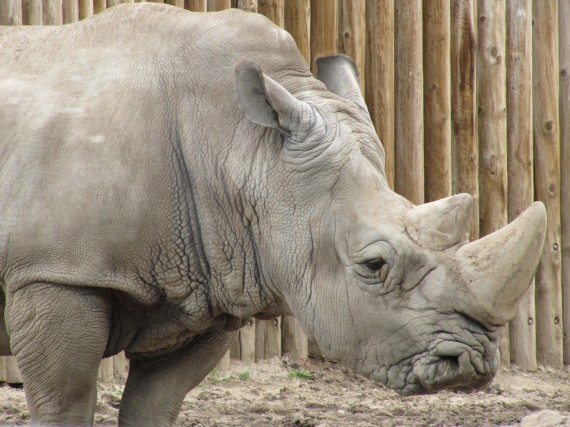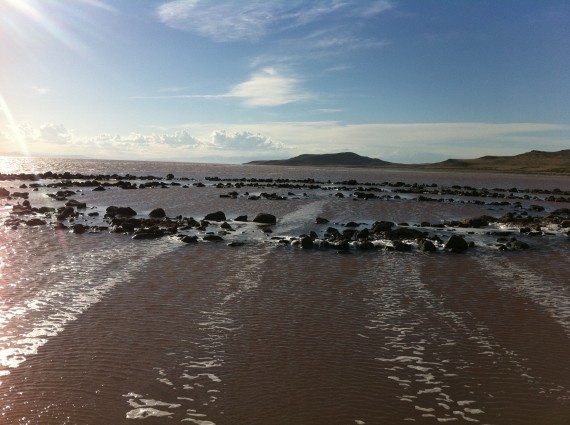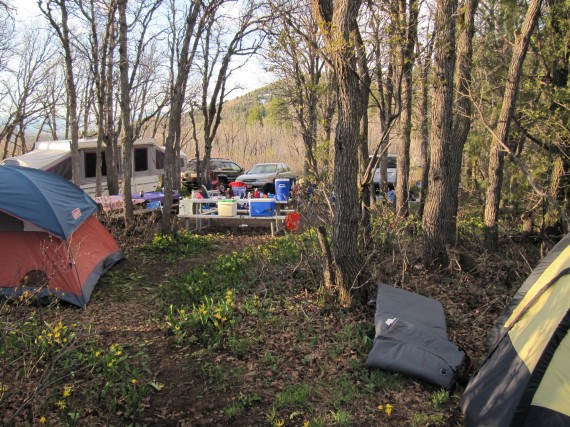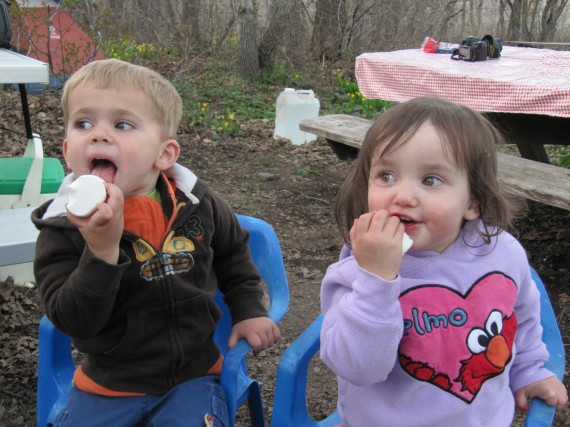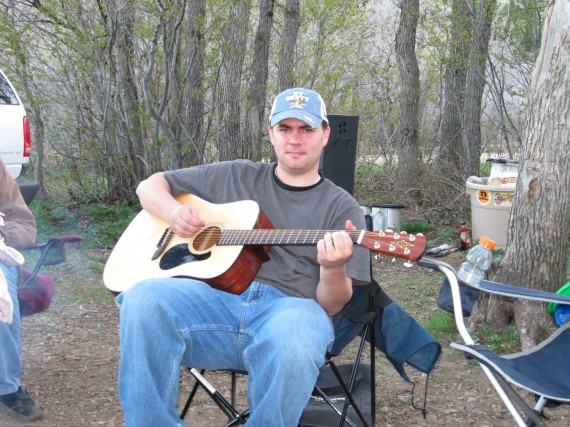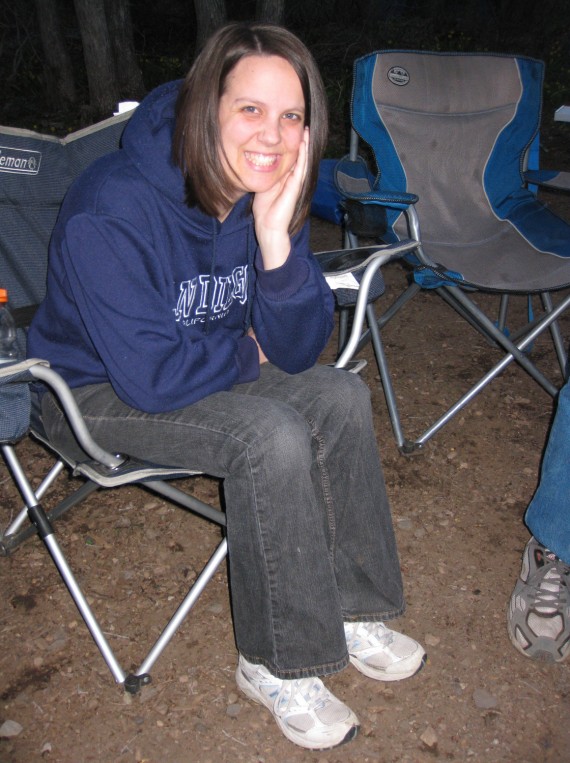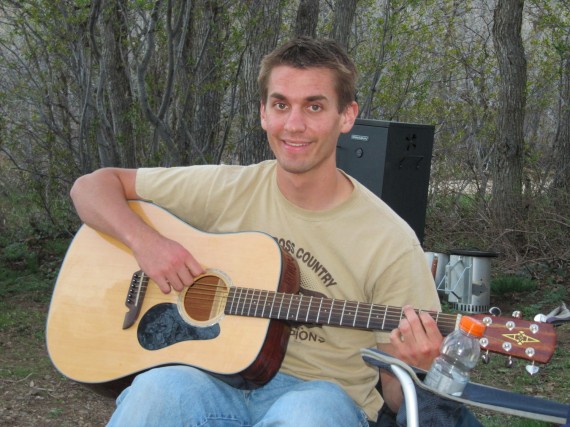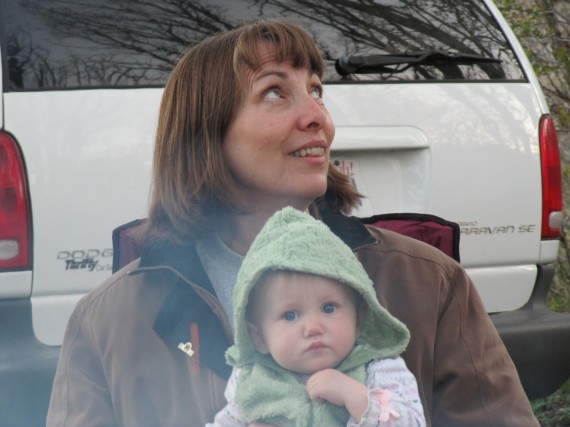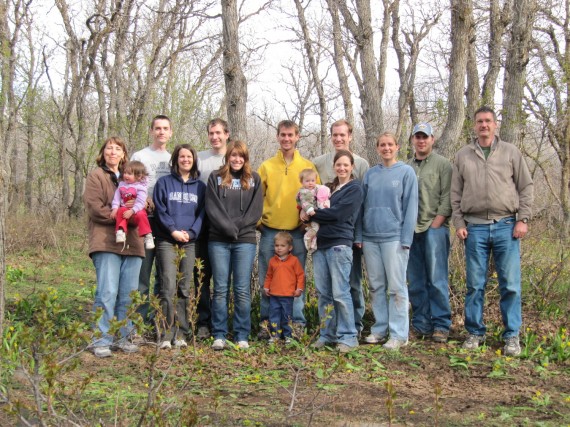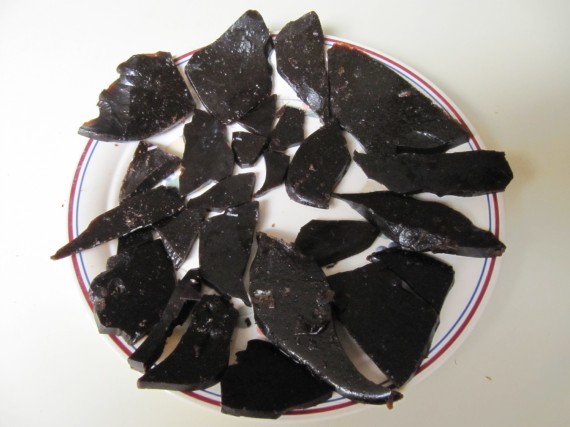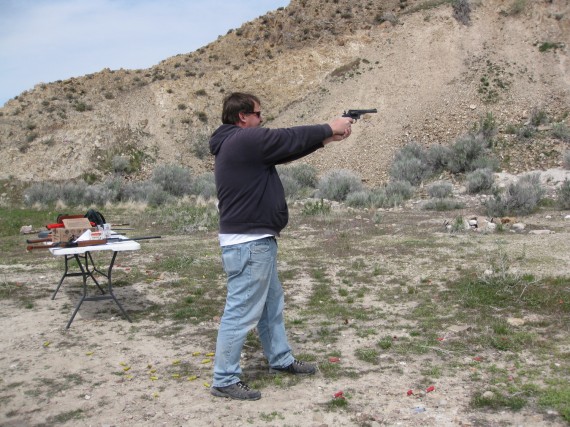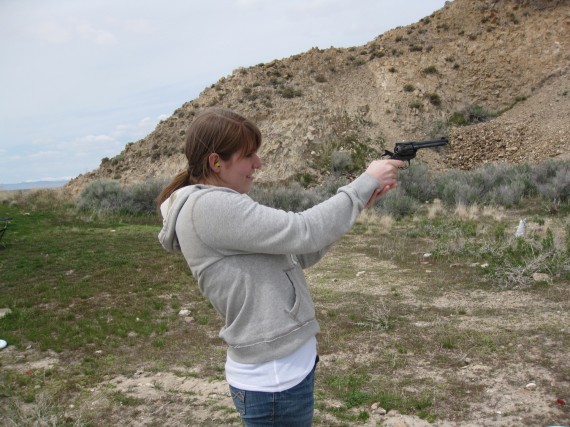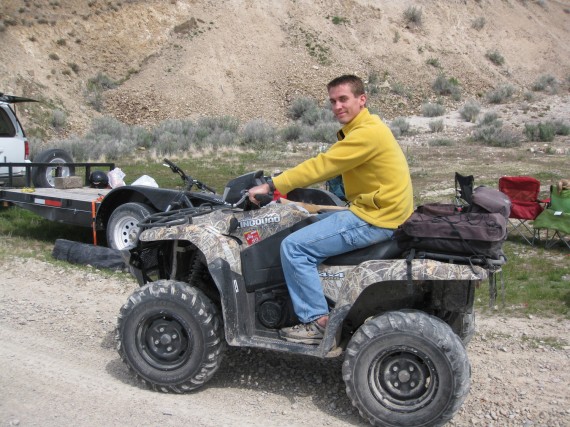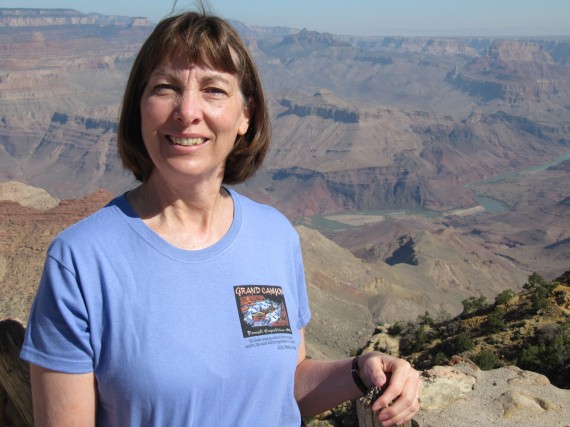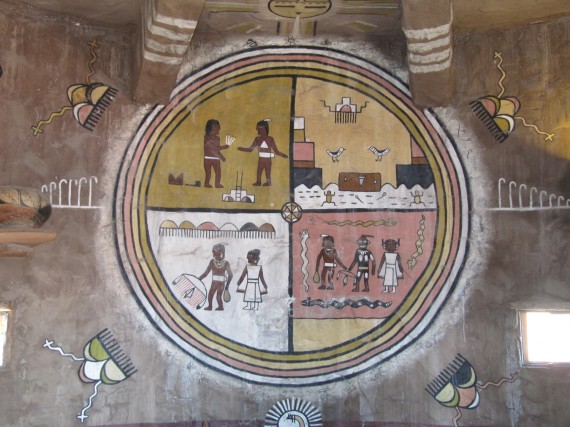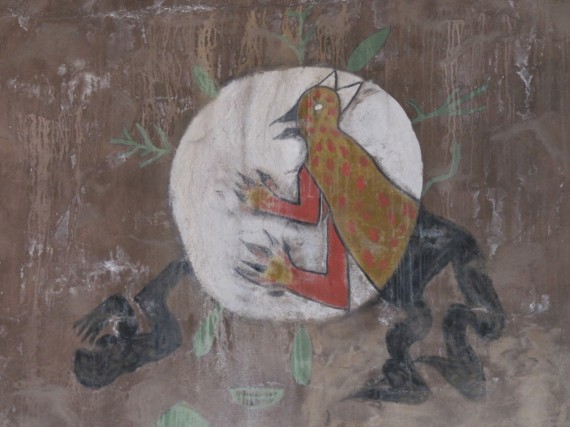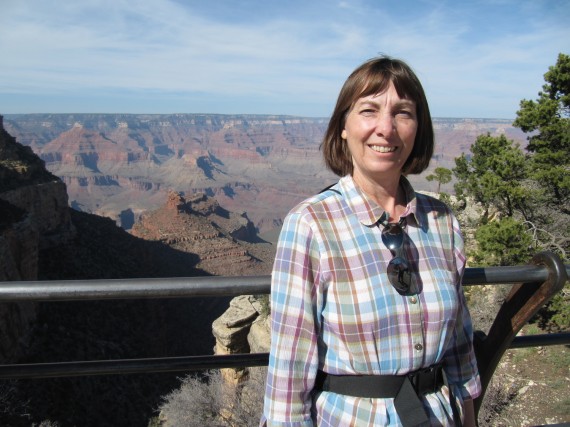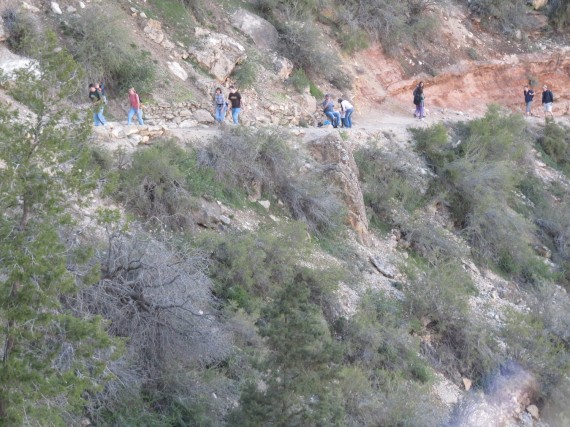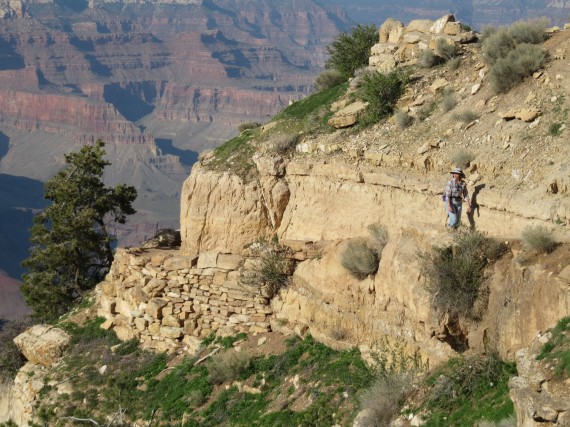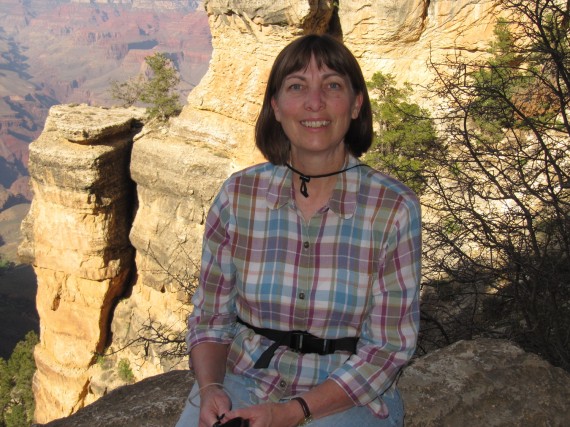Yesterday’s visit to Hogle Zoo with Jill, Adelaide, and my grandchildren found us encountering dinosaurs. Their heads and necks moved and they made noises so as to appear more life-like. The Dilophosaurus even spit water out of its mouth which scared my granddaughter Aurora and quite surprised me just as I was about to take its photograph.
The dinosaurs are presented in alphabetical order. If you click on the photographs, they will either show a larger version of the same photograph or a different shot of the same dinosaur.
Allosaurus
Allosaurus (different lizard) is the state fossil of Utah. The powerful skull of Allosaurus was a perfect meat-eating machine. The jaws were large and massive, with serrated teeth for cutting meat. The skull was composed of separated pieces that could be disjointed allowing him to swallow enormous chunks of meat whole. Allosaurus constantly grew, shed and replaced it teeth, some of which averaged three or four inches in length.
Dilophosaurus
Dilophosaurus (double-crested lizard) had colorful crests that could have been used to attract mates. In the movie Jurassic Park, Dilophosaurus paralyzed its prey by spitting blinding venom in the eyes. There is no evidence of this but it does make for a good story.
Kentrosaurus
Kentrosaurus (sharp-point lizard) had plates along the low back tail that most likely served a defensive function. The tail had two pairs of sharp, two-foot spikes that were probably used for lashing out against predators. The plates may have had blood flowing through them to help heat and cool the dinosaur’s body.
Megalosaurus
Megalosaurus (great lizard) had curved teeth with a serrated edge and strong claws on each toe and finger. The curved claws were designed for seizing and holding prey, while the jaws were the main killing tool. Megalosaurus was the first dinosaur to be discovered, in England in 1676.
Parasaurolophus
Parasaurolophus (crested lizard) had a hollow head-crest that allowed it to make a sound like a trombone. The noise may have been used to “talk” to the rest of the herd, warning them about approaching predators.
Rhinosaurus
Rhinosaurus (horned nose) is characterized by its large size, an herbivorous diet, large horns, and a thick protective skin. The Rhinosaurus can exceed 7,700 pounds in weight and have a head and body length of 15 feet. They are extremely nearsighted; making the Rhinosaurus dangerous and unpredictable, and likely to charge unfamiliar sounds and smells.
Styracosaurus
Styracosaurus (spiked lizard) used its horns for defense and could charge like a rhino to protect itself. But because its frill was not solid bone and was easily punctured, some researchers theorize that it may have been able to flush the frill with blood creating eyespots to scare predators away.
Tyrannosaurus Rex
Tyrannosaurus Rex (tyrant lizard king) was one of the largest animal predators. With a 5-foot-long head, 8-inch long teeth and a bite three times stronger than a lion’s, it could eat 200 pounds of meat in one bite. The little arms were extremely strong for holding on to struggling prey. It had a keen sense of smell, bone-crushing bites, and super speed.
Notes and News
- Not shown here but on display at Hogle Zoo: Coelophysis, Suchmimus, and Brachiosaurus.
- Dinosaur details are from onsite information displays.
- At 1 pm we were fortunate to experience first-hand feeding time at the zoo.
- An extensive multi-animal habitat, called Rocky Shores, featuring polar bears, sea lions, seals and brown bears will open in the Spring of 2012.







